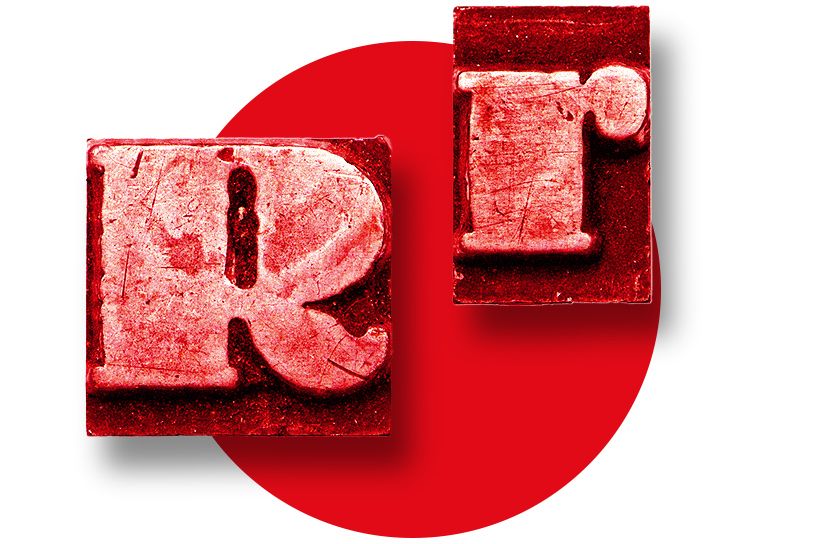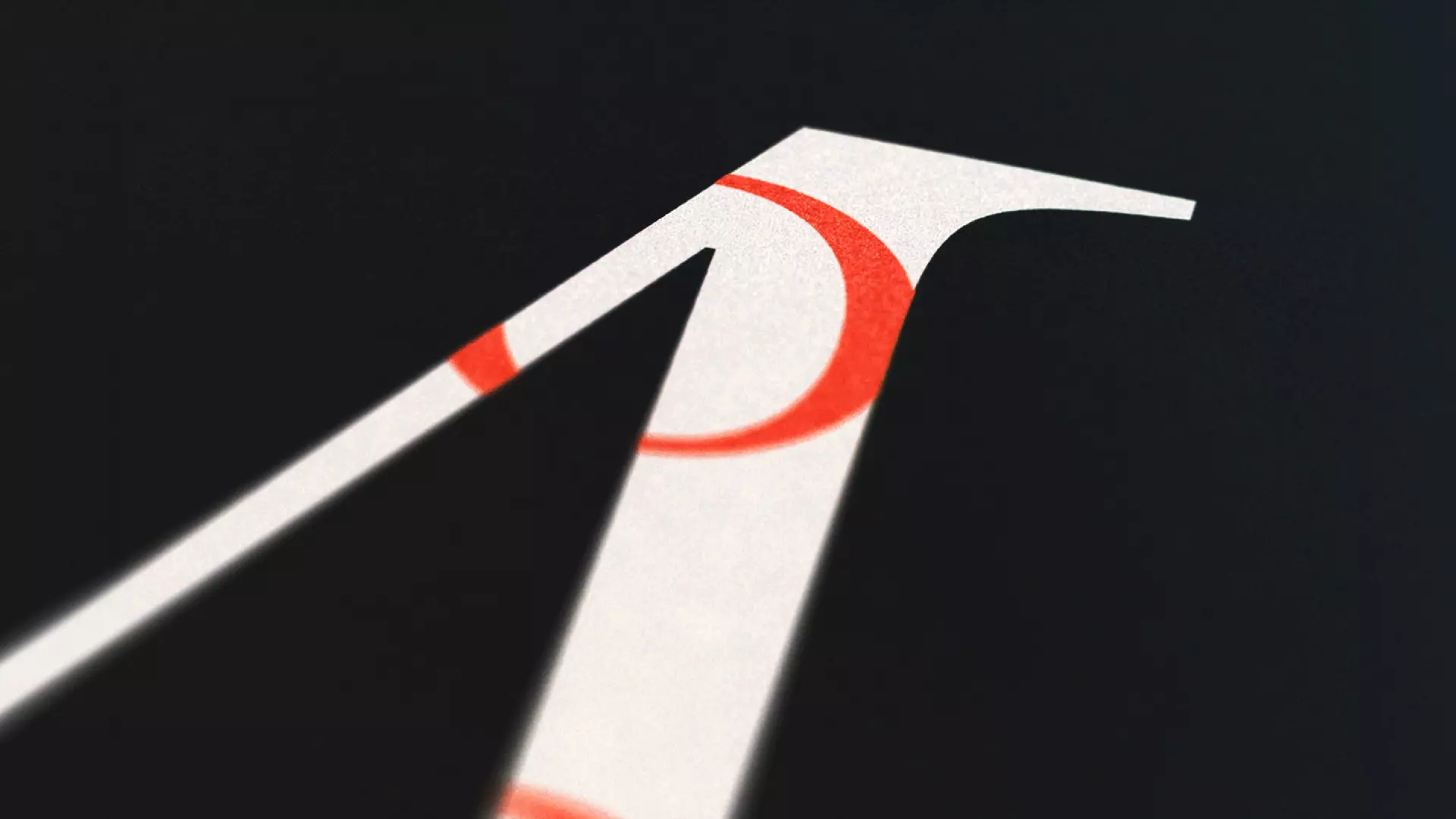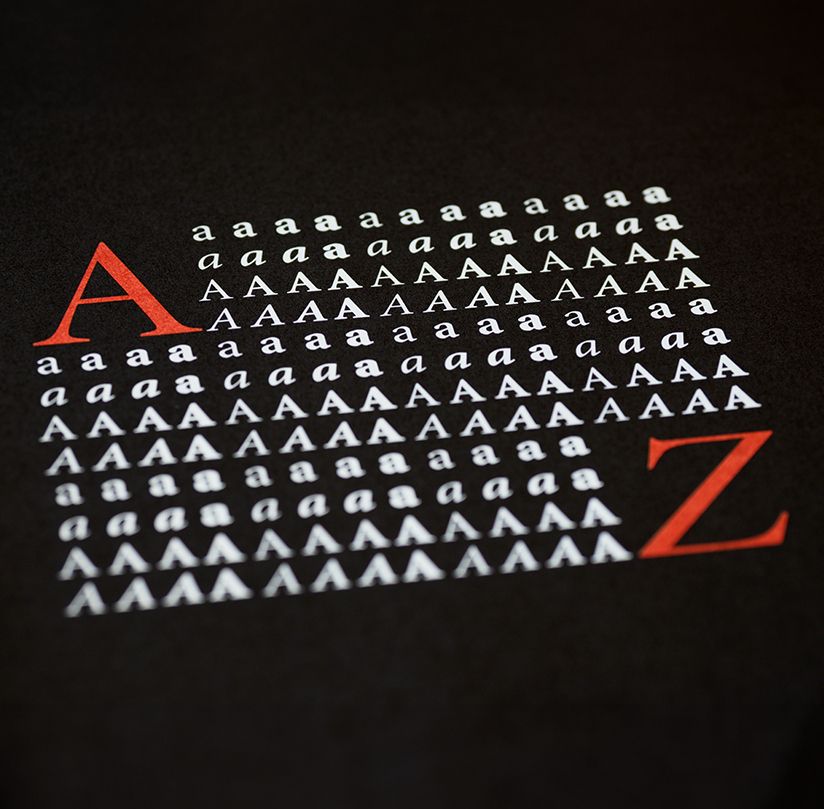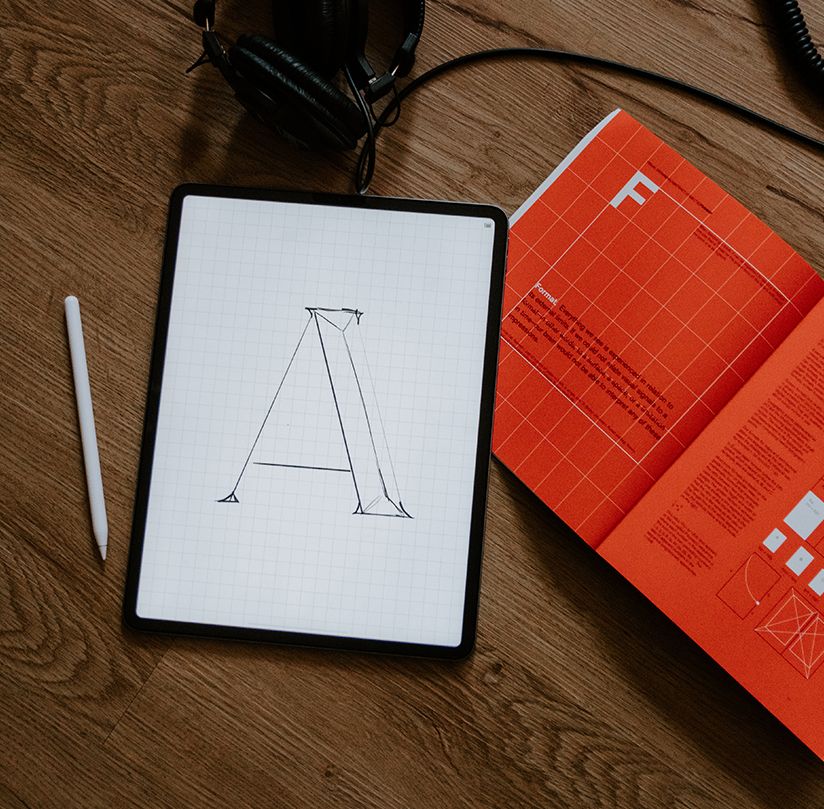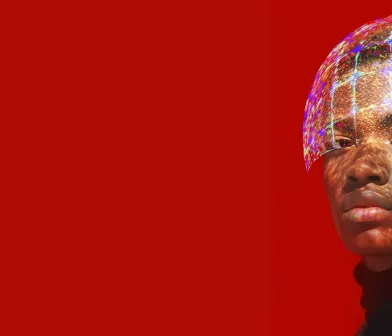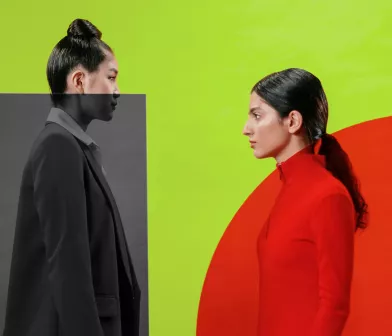Choosing a font can be tricky. Fonts can be beautiful but also complex, given the wide variety of options available. What's important is that your font choice(s) result in good readability and align with both your brand and target audience. In this blog, we'll provide you with handy tips for choosing the right fonts for your brand, starting with the basics of typography.
What is typography?
Typography is the art and technique of arranging type. It is used in the design of various communication materials such as websites, apps, posters, flyers, or social media posts. In typography, there are two main objectives. First, all text should be easily readable. It's crucial that the reader can see and understand everything clearly. The second objective of typography is to create the desired atmosphere that attracts the right target audience. The atmosphere should align with your brand.
Main types of fonts
Generally, there are two main types of fonts: Sans serif and decorative fonts. Sans serif fonts are modern, slightly bolder, and highly suitable for eye-catching headings. Two popular Sans serif fonts, for example, are Arial and Helvetica.
Decorative fonts are the opposite of Sans serif fonts. Use these fonts sparingly, for instance, when you want to add character to your designs by highlighting a beautiful quote, core value, or unique selling proposition (USP). Avoid using decorative fonts for longer texts (body copy) as they often have poorer readability.
